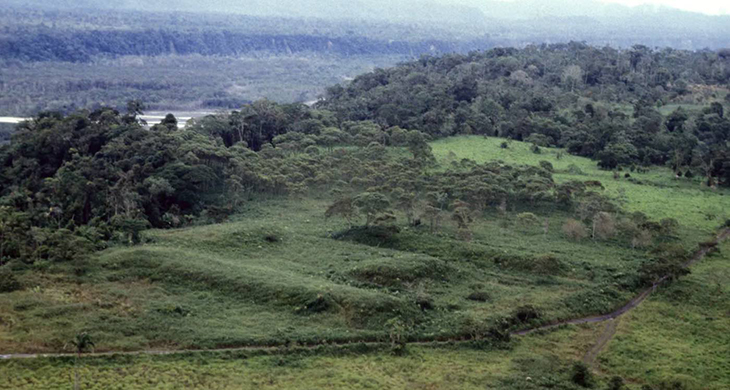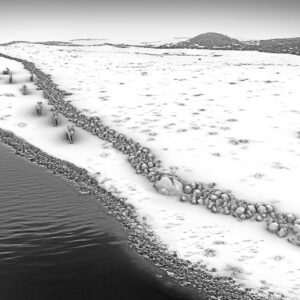
In the depths of the Amazon Rainforest, where once dense foliage concealed ancient secrets, archaeologists wielding LiDAR (light detecting and ranging) technology have unearthed yet another enigmatic city lost to time.
Nestled within Ecuador’s Upano Valley, on the far side of the Andes Mountains, lies a sprawling civilization whose origins trace back to the tumultuous era of the Greco-Persian Wars in Ancient Greece.
For two decades preceding this discovery, researchers had diligently surveyed and excavated fragments of this civilization. However, it was not until the Ecuadorian government employed LiDAR technology that the full extent of these hidden cities was revealed.
Published recently in the journal Anthropology, their findings unveiled a staggering 6,000 earthen platforms sprawled across a vast expanse of 100 square miles. This intricate network of settlements, connected by meticulously constructed roads, paints a picture of a society thriving in the heart of the rainforest.
The emergence of LiDAR, with its ability to penetrate the dense jungle canopy, has transformed the Amazon Basin from a perceived archaeological dead-end into a treasure trove of lost civilizations. What was once considered an impassable wilderness now stands as one of the most promising regions on Earth for uncovering ancient history. These discoveries challenge previous assumptions, revealing a landscape teeming with evidence of sophisticated societies spanning millennia.
Far from being inhospitable, it appears that the Amazon supported thriving communities capable of intricate organization and engineering feats. Despite the challenges posed by poor soil and dense vegetation, these ancient agrarians flourished, leaving behind traces of their agricultural prowess in the form of terraces and drainage ditches. Maize and sweet potatoes likely sustained their livelihoods, providing a glimpse into their subsistence strategies.
Christopher Fisher, an archaeologist at Colorado State University who has done similar work but not at Upano, told Science News, “Scientists are demonstrating conclusively that there were a lot more people in these areas, and that they significantly modified the landscape.”
“This is a paradigm shift in our thinking about how extensively people occupied these areas,” he adds.
The identity of these ancient inhabitants, shrouded in the mists of time, remains a mystery. Yet, their legacy speaks volumes.
According to a statement released by the Ecuadorian researchers and the French National Center for Scientific Research, this 2,500-year-old society represents the earliest and most extensive example of low-density agrarian urbanism documented in the Amazon to date. The parallels drawn to Maya urban systems in Central America hint at the complexity and sophistication of these ancient civilizations.
Lead author, Stephan Rostain, and his colleagues, explained, “Such a discovery is another vivid example of the underestimation of Amazonia’s twofold heritage: environmental but also cultural, and therefore Indigenous. We believe that it is crucial to thoroughly revise our preconceptions of the Amazonian world and, in doing so, to reinterpret contexts and concepts in the necessary light of an inclusive and participatory science.”
The revelation of this lost city adds to a growing body of evidence uncovered by LiDAR technology across the Americas. From Belize to Mexico, Bolivia to Brazil, similar sites of archaeological significance have been brought to light. Each discovery adds another layer to our understanding of pre-Columbian civilizations, challenging preconceived notions and reshaping our perception of the past.
What are your thoughts? Please comment below and share this news!
True Activist / Report a typo


